Touring the Parsha – Terumah
One of the great things about touring Israel is that when you study Torah you have a completely different understanding of so many things. It is almost impossible for me to read anything from the Tanakh (Bible) without picturing the area or sometimes even the exact place where it happened.
With that in mind, I would like to begin a regular feature on this blog which I will call “Touring the Parsha”. My idea is to choose a site or list of sites that can help us to understand the weekly Torah portion or Haftara better. I am sure that I won’t have time to get around to it every week, but I will try to post as frequently as time allows.
Parshat Terumah is all about the Mishkan (Tabernacle) and its vessels. There are so many sites in Israel that we can visit to bring this theme to life…
Tel Shiloh
When we think of the Mishkan, we should immediately think of Shiloh. Shiloh is where the Mishkan stood for 369 years. Remember the story of Chana going to pray in the Mishkan and Eli the priest rebuking her? That happened in Shiloh!
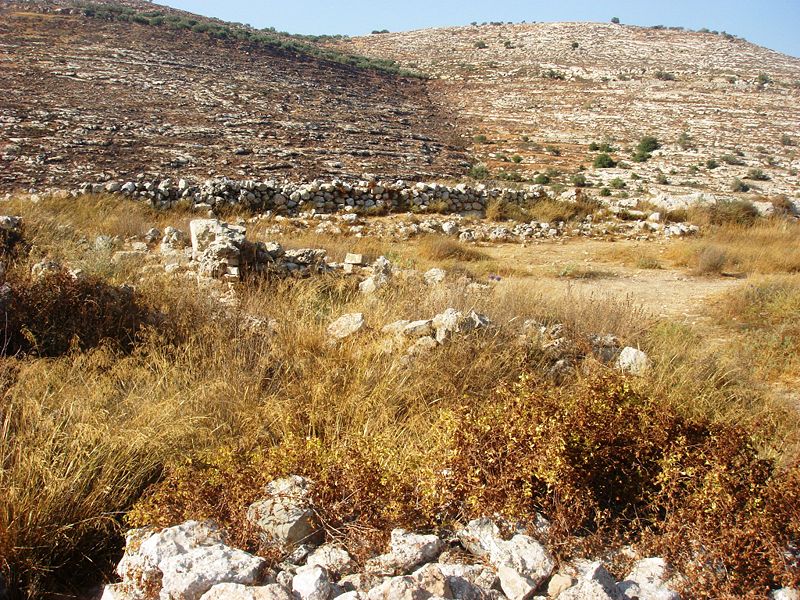
Site of the Mishkan – Tel Shiloh
Today we can go to the site of the Mishkan in Tel Shiloh, just outside the modern Jewish village of Shiloh in the Shomron (Samaria) region. In a tour of Tel Shiloh you will see the ruins of the ancient Israelite city of Shiloh. You will also see the site, just outside the city where the Mishkan is thought to have stood. It is a rectangular area, carved out in the bedrock which closely matches the dimensions of the Mishkan which are spelled out in this week’s Parsha.
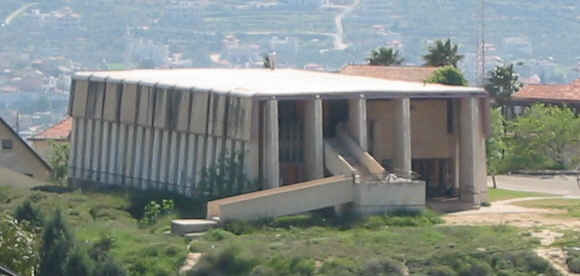
Synagogue of Shiloh
Besides the archaeological site there is an audio/video presentation, a restaurant and a nice gift shop specializing in items related to the Mishkan. Another nice thing to see at Shiloh is the modern synagogue built to look like the Mishkan. A visit to Shiloh cast so much light on many familiar stories from the Tanakh and should not be missed.
Tel Beit Shemesh
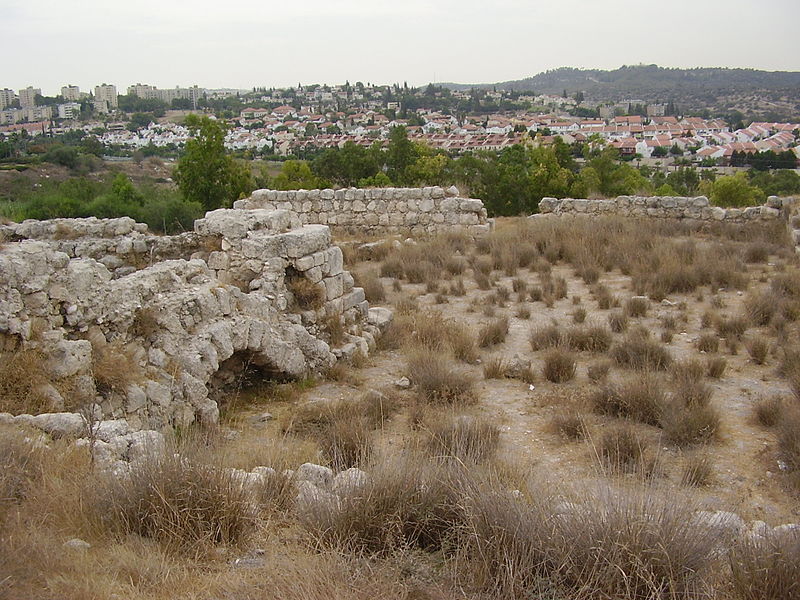
The ancient tel with the modern Beit Shemesh behind it.
Beit Shemesh is a city that should also come to mind when we think of the Aron HaBrit (Ark of the Covenant) from Parshat Terumah. Chapter 6 of the Book of Samuel tells how the Philistines were cursed by the Ark they had captured. They decided to send it back on a cart drawn by two oxen. The oxen eventually arrived at the city of Beit Shemesh.
Standing on top of the ancient Tel, looking down on the valley below, you can easily picture the scene unfolding before your eyes. You can also see remnants of houses built by our ancestors shortly after entering the Land of Israel.
The Tanakh tells us that ultimately the people of Beit Shemesh did not treat the Ark with a high enough level of respect and they were forced to send it out of their city. This brings us to our next site…
Abu Ghoush
The modern name of this town is taken from the clan who lived here during the Ottoman period and made their living from collecting a toll from all who traveled the road to Jerusalem. Abu Ghoush is currently known as the Hummus capital of Israel. But none of this has anything to do with the Parsha.
Abu Ghoush is the site of the Israelite town of Kiryat Yearim. That is where the Ark of the Covenant was taken when the people of Beit Shemesh decided it was too much for them to handle. Taking a short drive from Beit Shemesh to Abu Ghoush, you can picture the Ark being brought more or less along the same route we travel today!
The Temple Institute
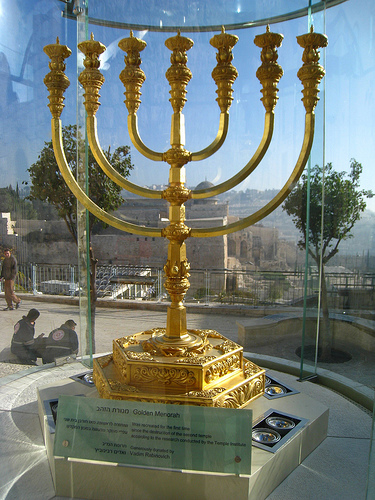
Menorah made by the Temple Institute
No tour of Parshat Terumah would be complete without a visit to the Temple Institute located in the Jewish Quarter of the Old City of Jerusalem. At the Temple Institute you can see recreations of the many of the Temple vessels mentioned in Parshat Terumah. These include the Menorah (in a glass case as you ascend the steps from the Kotel to the Jewish Quarter), the Shulchan (Table for the show bread), and the Ark. They also have all of the different garments worn by the Kohanim in the Temple, but let’s not get ahead of ourselves, that is for Parshat Tetzaveh!
Park Timna
This one is in a category all unto itself. All of the other sites I have mentioned are within a relatively short drive from Jerusalem. Park Timna, on the other hand, is all the way in the south of Israel, just a short drive from Eilat. You may wonder what a nature reserve in the south of the country has to do with the Parsha?
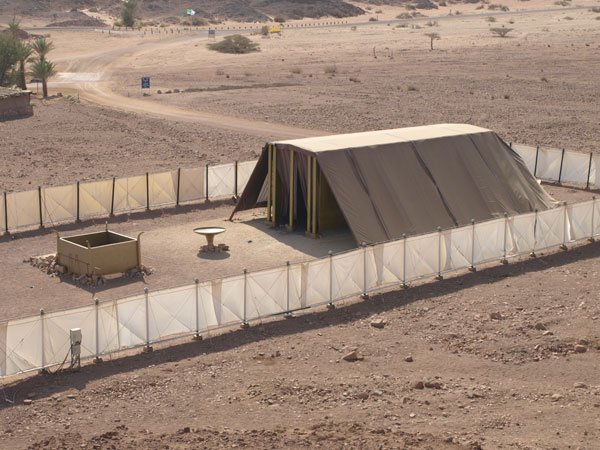
The model Mishkan at Timna Park
Don’t forget that the Mishkan was originally made to be portable so the Children of Israel could erect it and disassemble it as needed to travel through the desert. Because of this, a Christian group has erected a life-sized model of the Mishkan inside Park Timna. Of course, they have not done every detail according to the Rabbinic sources, but on the whole it is a very impressive model that allows you to get a feeling of the scale and look of the Mishkan as it stood in the desert.
These are a few of the sites that you can easily visit in Israel to bring Parshat Terumah to life. It is Monday night here in Israel, so there is still time to get on a plane and come with us on a tour of the Parsha before this Shabbat. Hope to see you there!









Trackbacks & Pingbacks
[…] Last week I started a new series of blog posts that I call ‘Touring the Parsha’. An ancient olive tree on Hebron Road in Jerusalem […]
Leave a Reply
Want to join the discussion?Feel free to contribute!